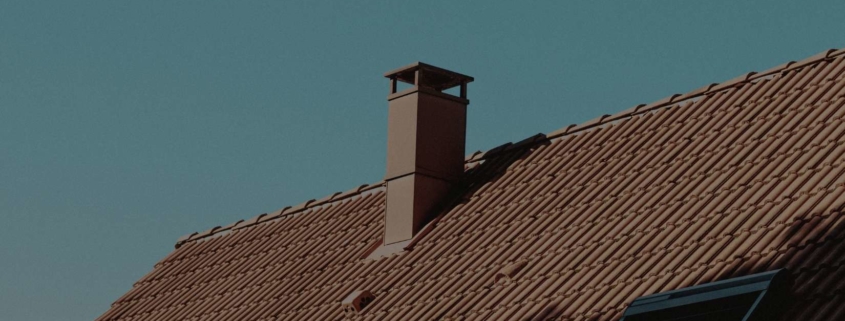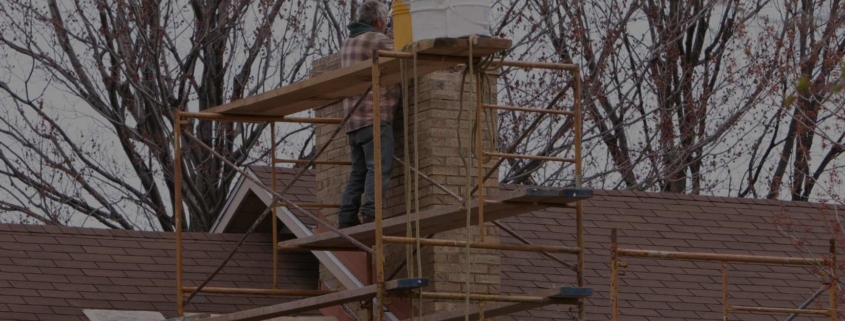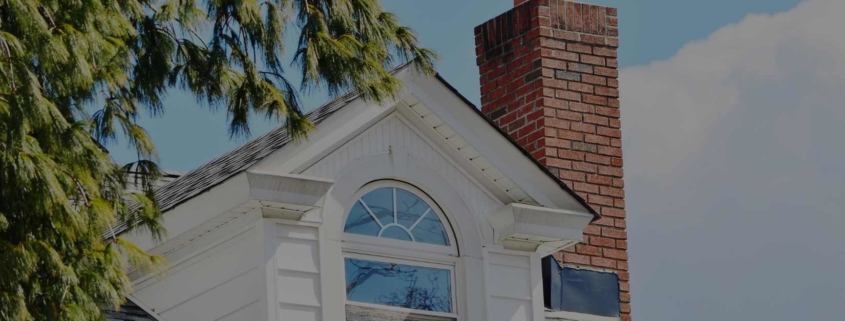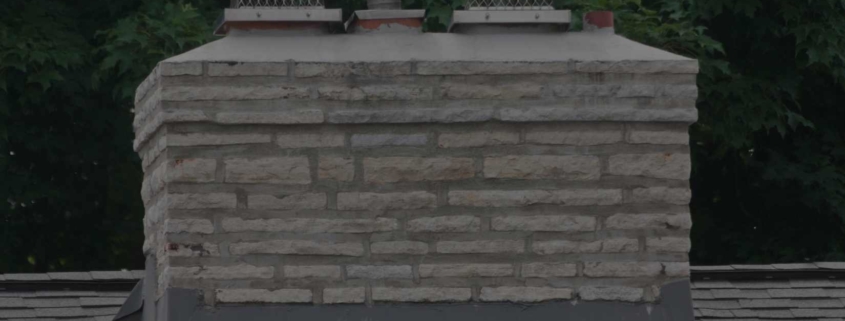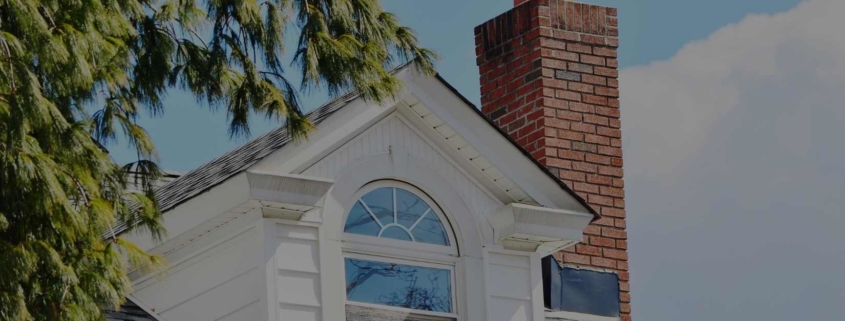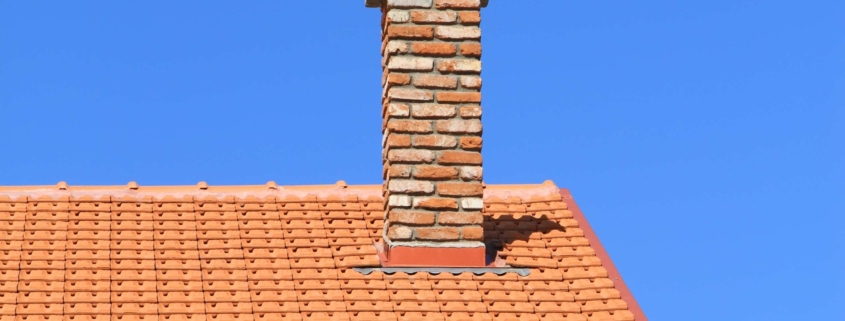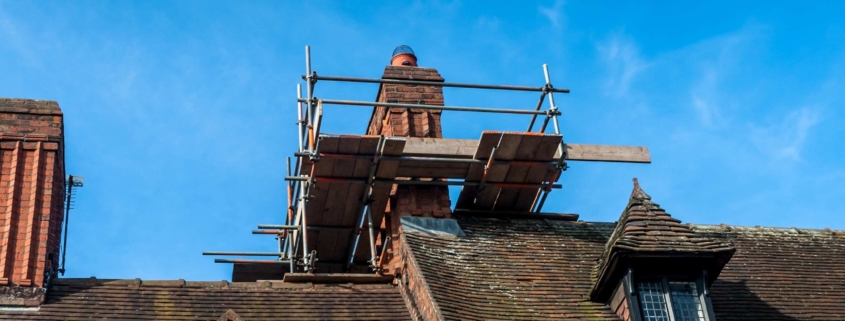Warm nights with cozy fires are only possible if you have your chimney in the best condition. However, this is not always the case. Even the sturdiest of chimneys may encounter issues from time to time.
If you are worried about chimney leaks and other damages, you should check out this guide. Here are the signs and causes to watch out for to avoid water leaks in your chimney.
Signs That Your Chimney Is Leaking
Many homeowners are unsure if their chimney is leaking, especially if it has yet to cause any major problems. Here are the main signs of water leaks in your chimney that indicate it is in need of a thorough inspection:
1. Bad Odors
The smell of mildew and mould is a common sign that there is water damage in your chimney. This bad smell can be very unpleasant and foul, but it is usually not a sign of a serious leak. The smell of mildew and mould often appears in places that are difficult to clean and keep dry.
2. Crumbling Bricks
Bricks are a typical chimney construction material, and it is easy to tell if they have been damaged by water. Crumbling bricks or stones can be a sign that water leaks in your chimney have weakened the structure of the chimney and the bricks. If you are dealing with crumbling bricks and stones, your chimney may need to be replaced entirely.
3. Watermarks on the House
Another telltale sign that your chimney is leaking is watermarks on the walls or the ceiling of your house. These marks may look like round spots with a darker colour, or they may be long streaks. Watermarks are caused by water leaks and are usually accompanied by a bad smell.
4. Sound or Vibration Oddities
If your chimney is leaking, it is likely that you will feel or hear the problem. Listen for any strange sounds coming from your chimney, including constant thumping or rattling. Your chimney may also vibrate or make unusual knocking sounds. If you hear any odd sounds coming from your chimney, you may have a water leak.
5. Missing Chimney Cap
If you notice that your chimney cap has disappeared, it could be a sign of a major problem. When you take a look at your chimney cap, you should have one that fits tightly on the chimney. A missing cap is a sure sign that a water leak has damaged the chimney cap.
Causes of Chimney Leaks
Sometimes it can be hard to figure out exactly why your chimney is leaking. It is easier to identify the problem when you know what caused it, especially when it comes to chimney leaks. Some causes of water leaks in your chimney include:
1. Mortar Joint Deterioration
Just like any other building material, the mortar that connects bricks together can deteriorate over time. One of the most common reasons for mortar joint deterioration is water leaks and water damage. If the water damage is severe enough, the mortar may crumble and deteriorate and may even cause the entire structure to collapse.
2. Improper Building
Badly constructed chimneys are another common reason for water leaks in your chimney. The chimney may not be the right size or the right shape, which can make it easier for water to leak in.
3. Bad Chimney Placement
Some chimneys are placed in locations where they can be damaged easily. If your chimney is near a tree, it may get damaged by falling branches, as well as in a heavy snowstorm, which can cause it to collapse.
Final Thoughts
If you think your chimney is in need of repairs, you should consider getting it checked out by a professional. If the damage is severe, you may need to replace your entire chimney, which can be a very costly but crucial repair.
For first-rate chimney rebuild in Toronto, trust only Red Robin Masonry. We offer a range of services, including brickwork, chimney work, stonework, and more! Contact us today to request a service.

